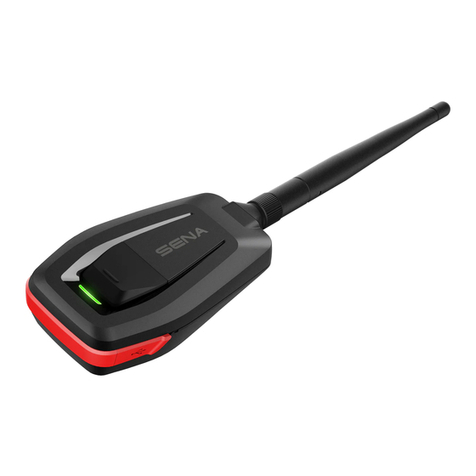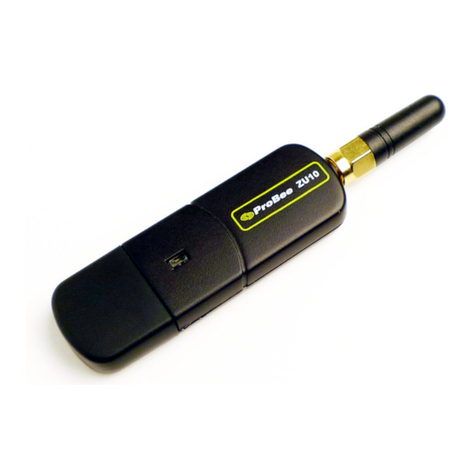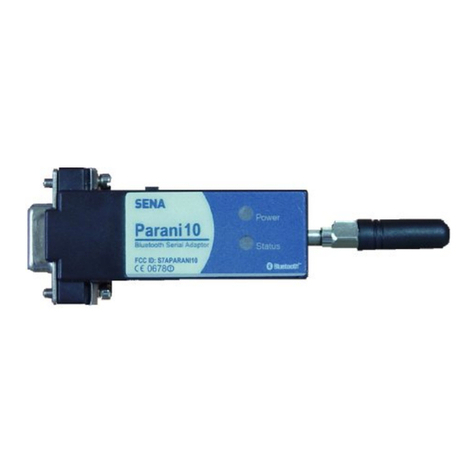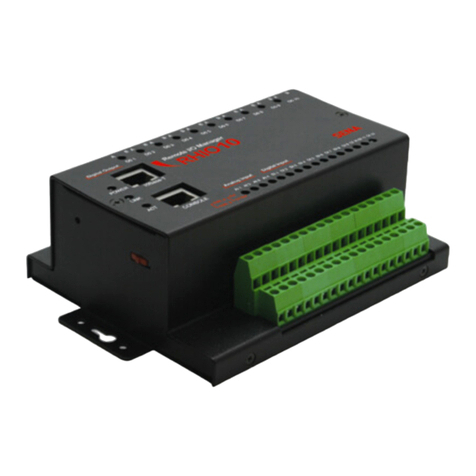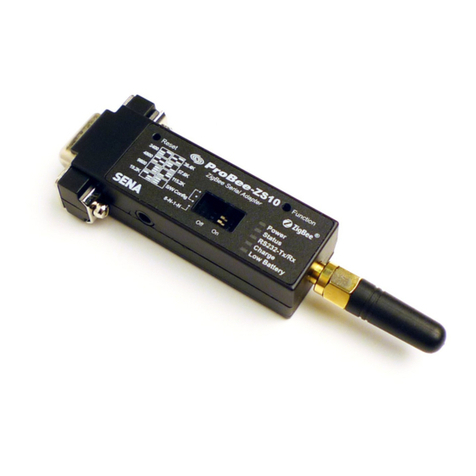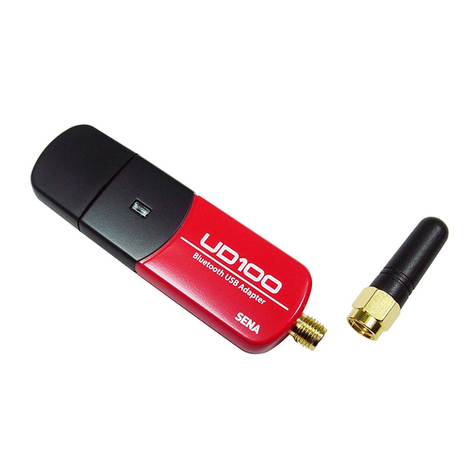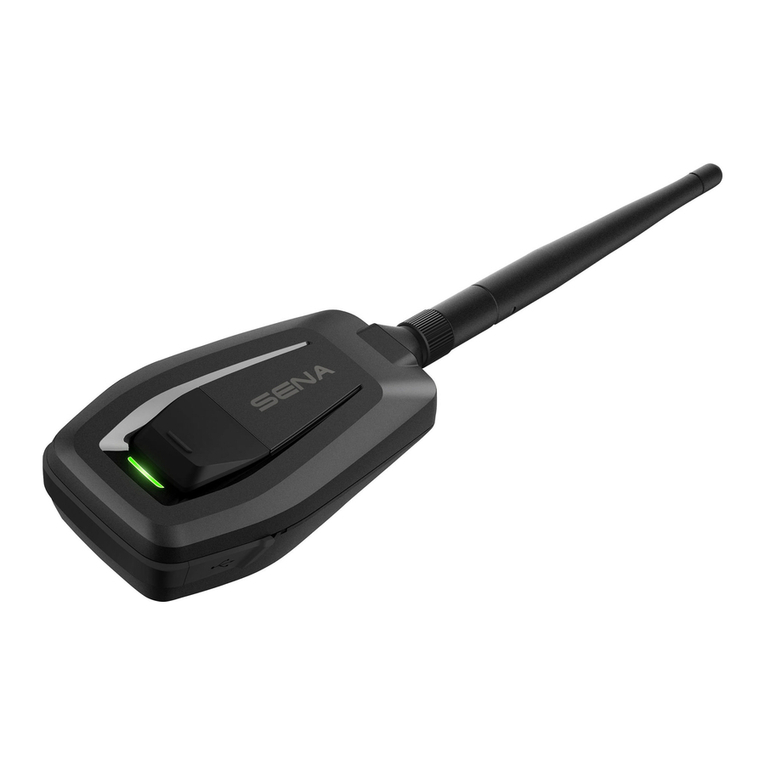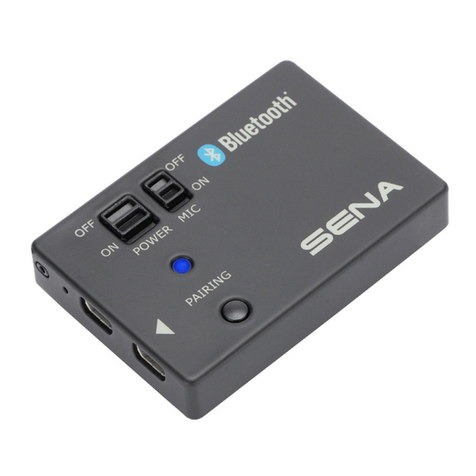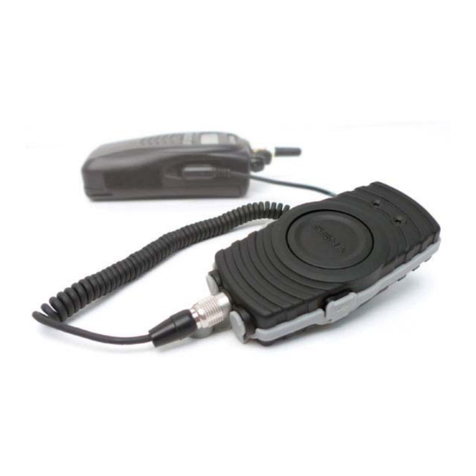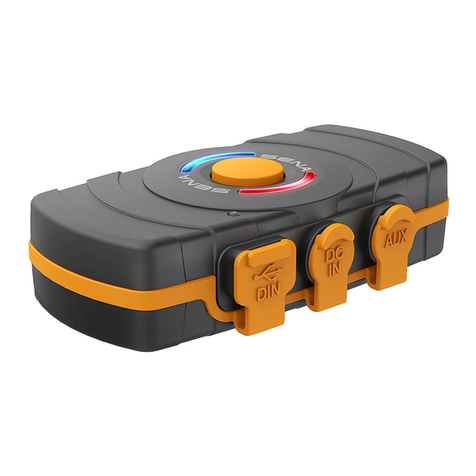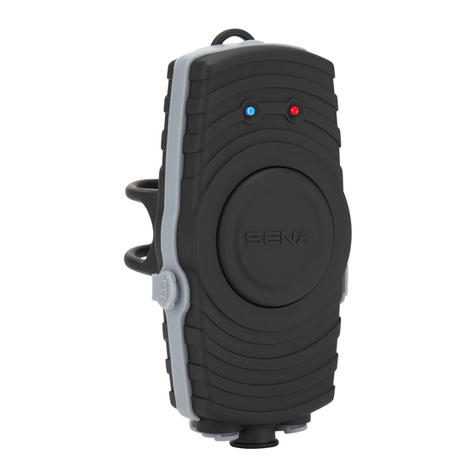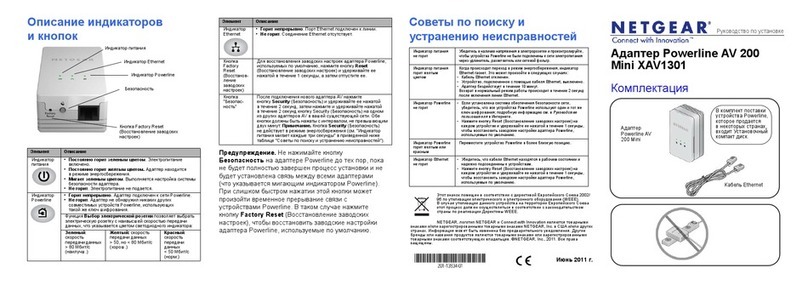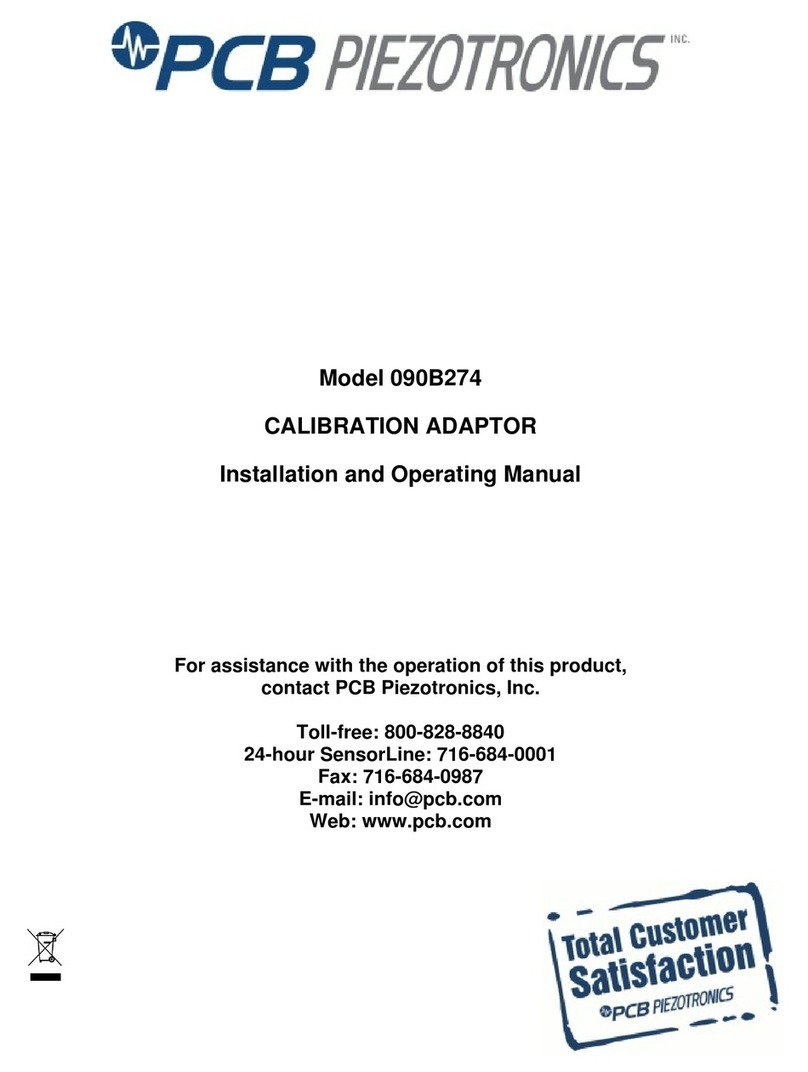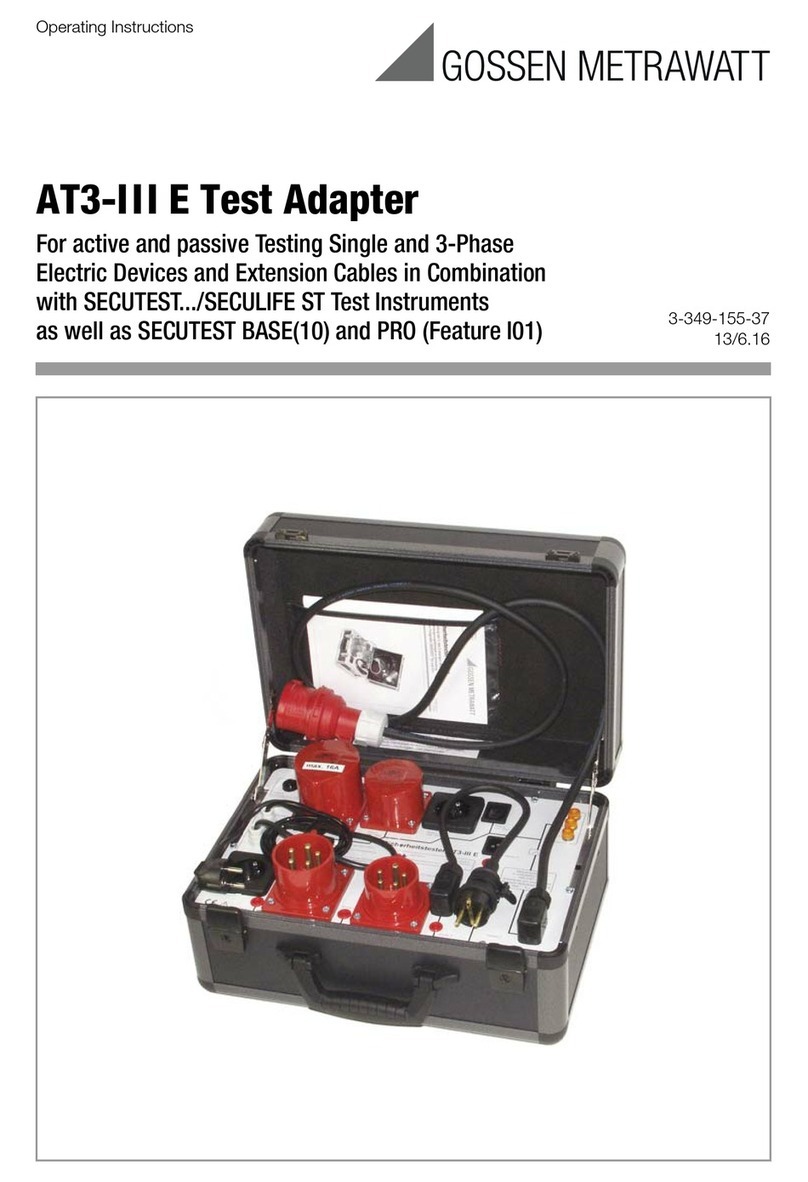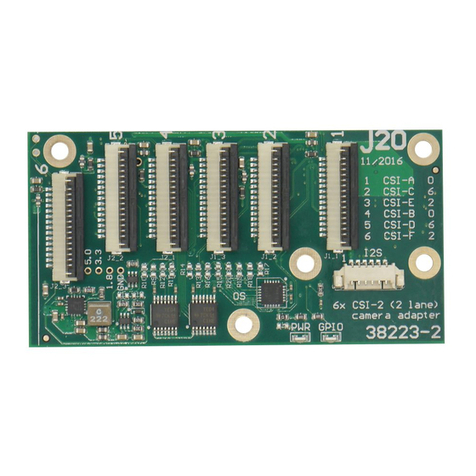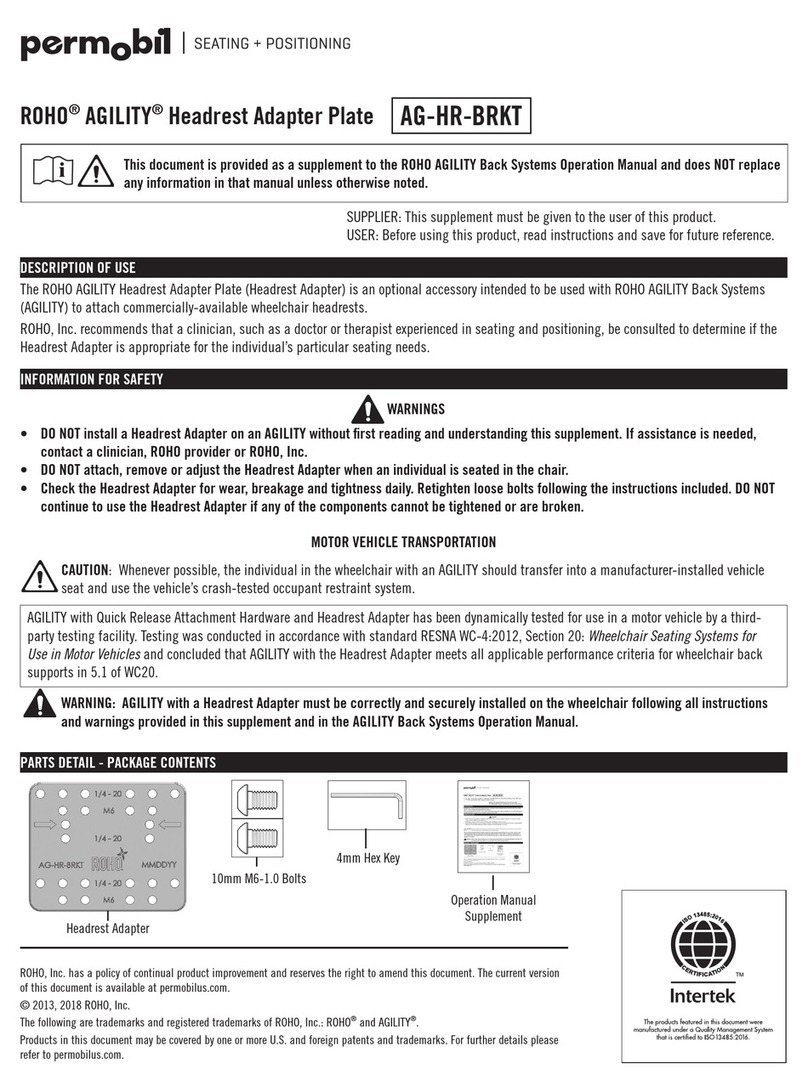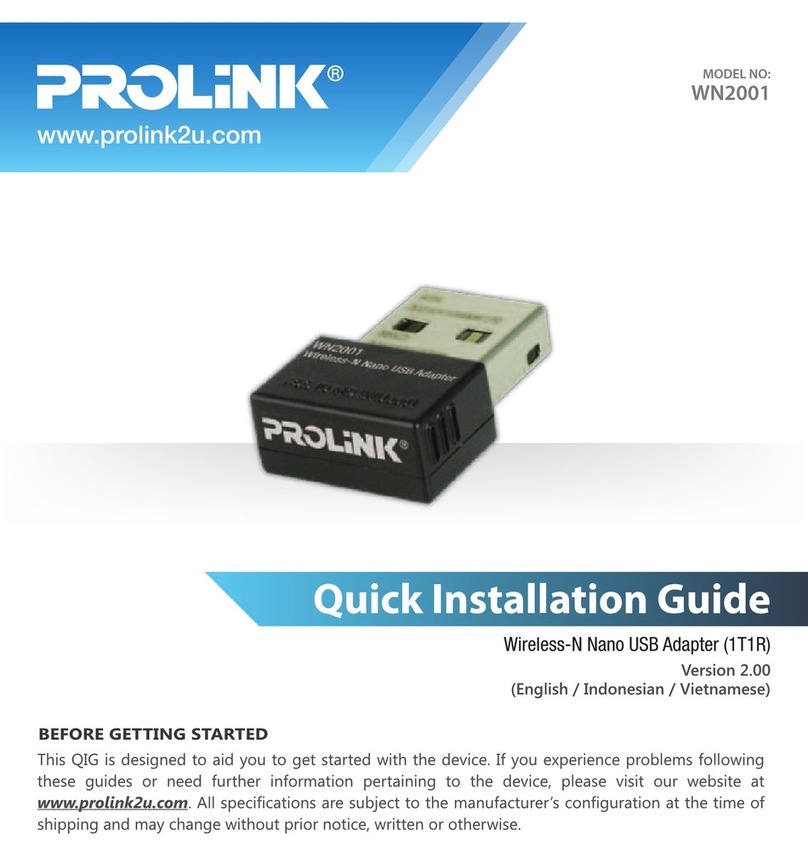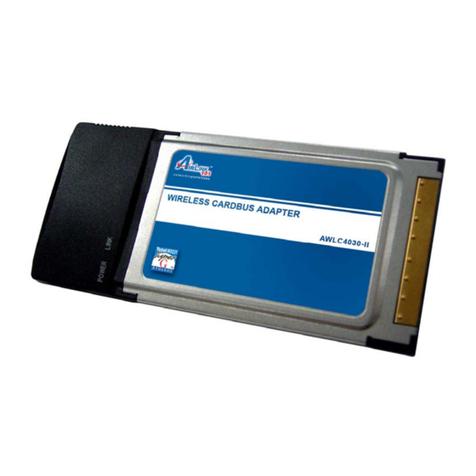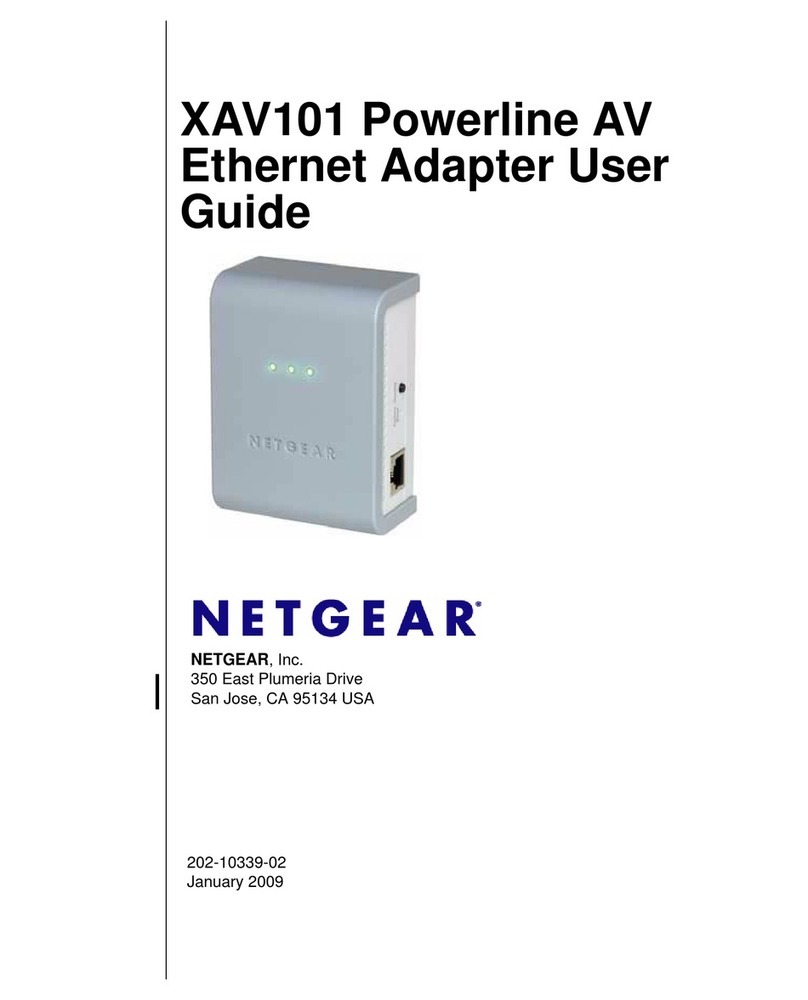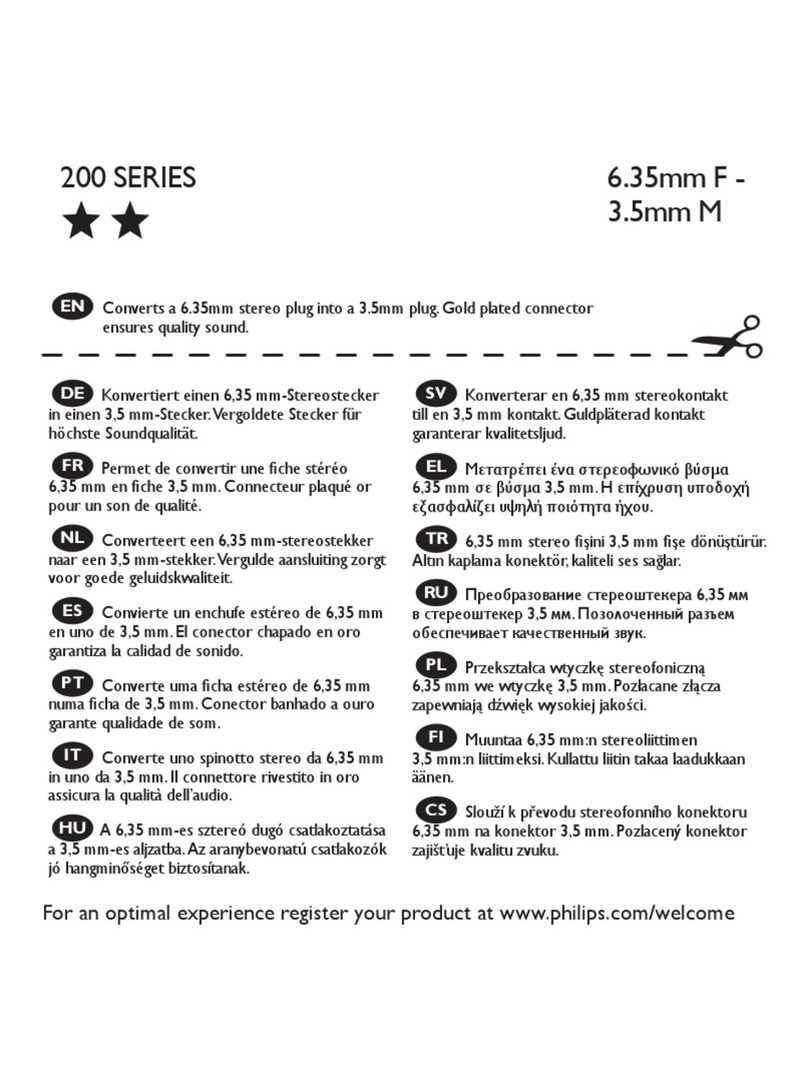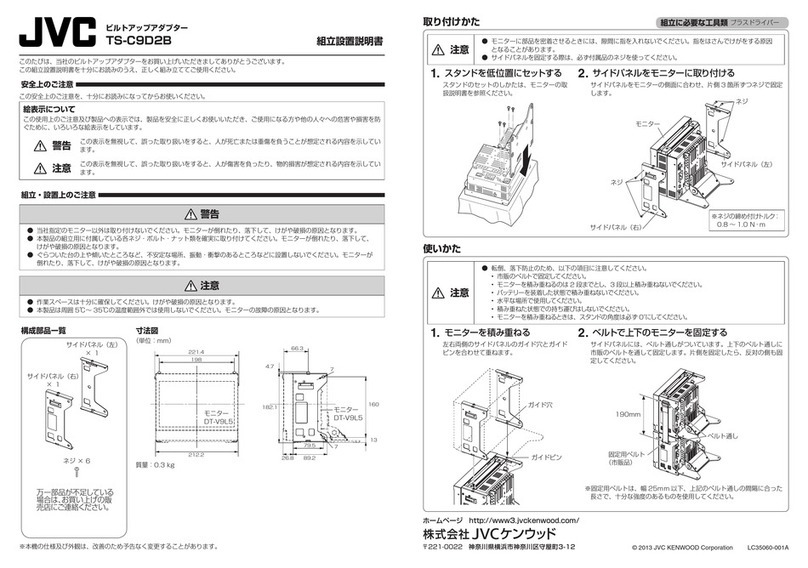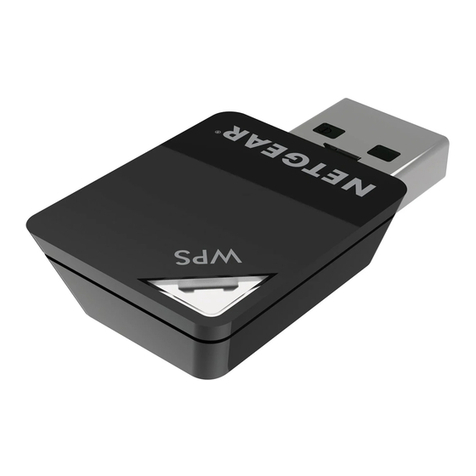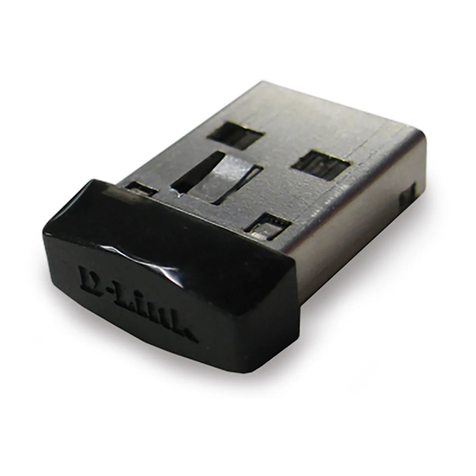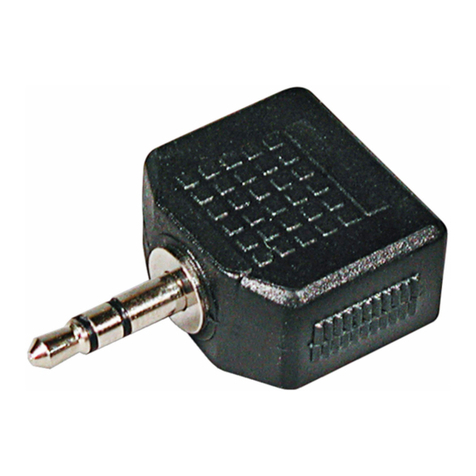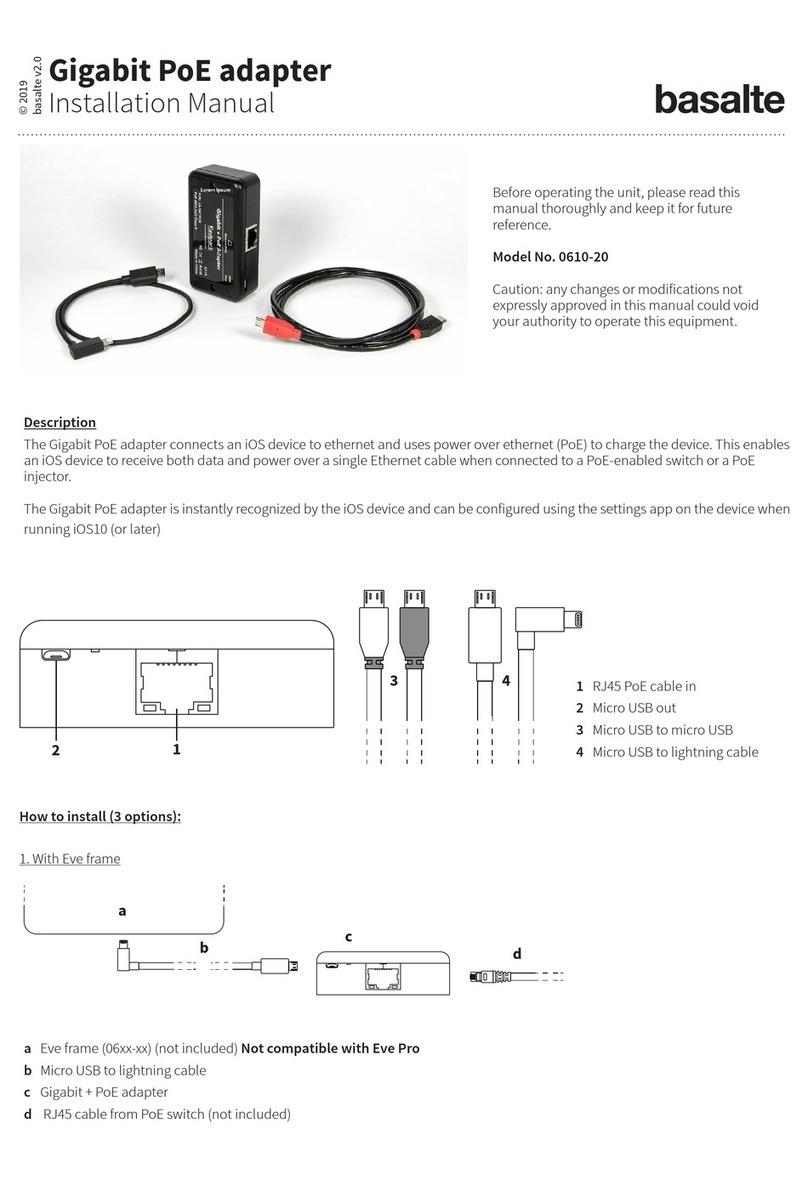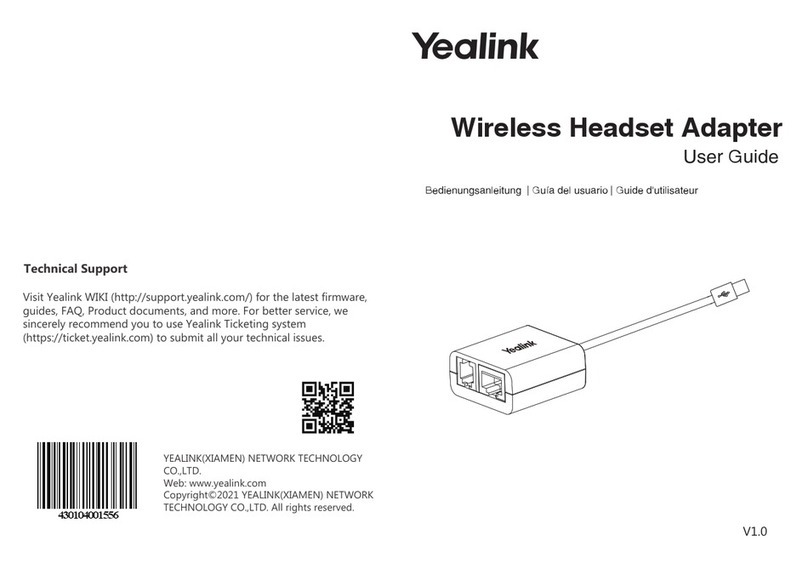
5
4. Software Development & Application ..........................................................................26
4.1 The Rhio Library............................................................................................................................26
4.1.1 Overview of the Rhio Library..............................................................................................26
4.1.2 Reference ..........................................................................................................................26
4.2 Creating and demonstrating a sample program with Rhio library..................................................29
4.2.1 Program UI Configuration and their related classes...........................................................29
4.2.2 Processing .........................................................................................................................30
4.3 Rhio Communication Protocol.......................................................................................................33
4.3.1 Overview............................................................................................................................33
4.3.2 ON/OFF Control.................................................................................................................35
4.3.3 Input/Output State..............................................................................................................38
4.3.4 Set/Run..............................................................................................................................38
4.3.5 Output Port Setting.............................................................................................................39
4.3.6 ADC Input Port Setting.......................................................................................................42
4.3.7 Port Enable Setting............................................................................................................43
4.3.8 Port Power-out Post Recovery Setting...............................................................................46
5. How to use the Rhio232 with Device Servers .............................................................48
5.1 Connections..................................................................................................................................48
5.2 Application.....................................................................................................................................49
Appendix A. Connection ...................................................................................................55
A.1 Serial Port Pin Outs......................................................................................................................55
A.2 Serial Port Wiring Diagram...........................................................................................................56
Appendix B Troubleshooting............................................................................................57
B.1 Power/LED Status Troubleshooting..............................................................................................57
B.2 Serial Console Troubleshooting....................................................................................................57
Appendix C. Rhio Linrary..................................................................................................58
C.1 Enumeration Type ........................................................................................................................58
C.2 Structure.......................................................................................................................................60
C.3 Function........................................................................................................................................61
Appendix D. Warranty........................................................................................................74
D.1 GENERAL WARRANTY POLICY.................................................................................................74
D.2 LIMITATION OF LIABILITY...........................................................................................................74
D.3 HARDWARE PRODUCT WARRANTY DETAILS.........................................................................75
D.4 SOFTWARE PRODUCT WARRANTY DETAILS..........................................................................76
D.5 THIRD-PARTY SOFTWARE PRODUCT WARRANTY DETAILS .................................................76

